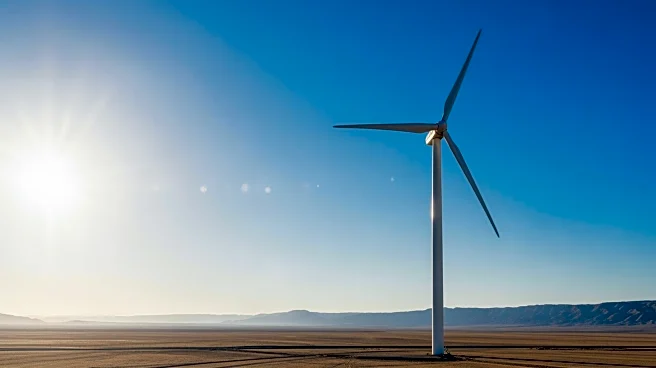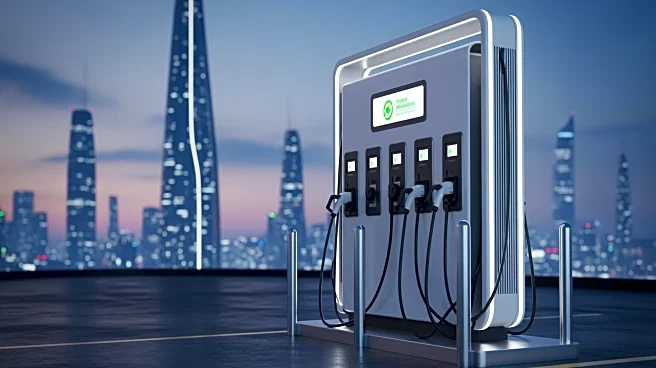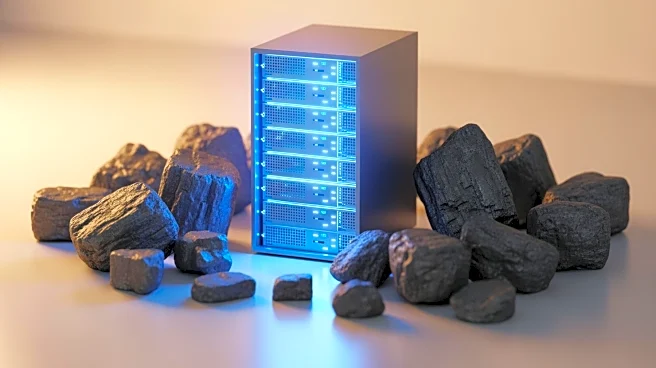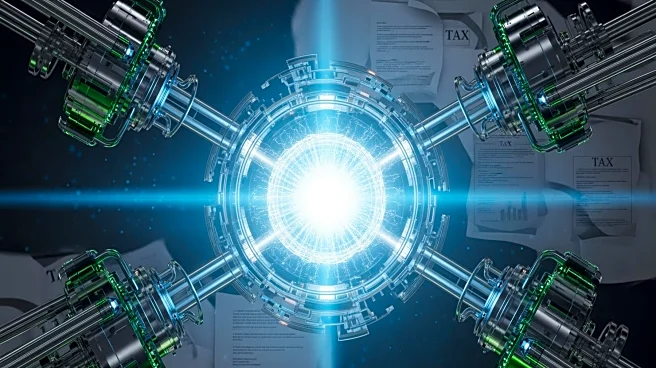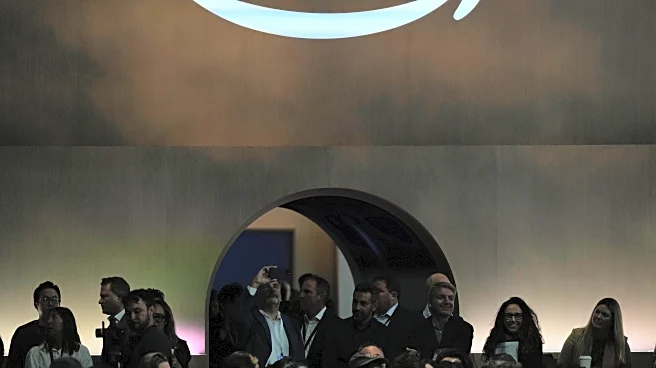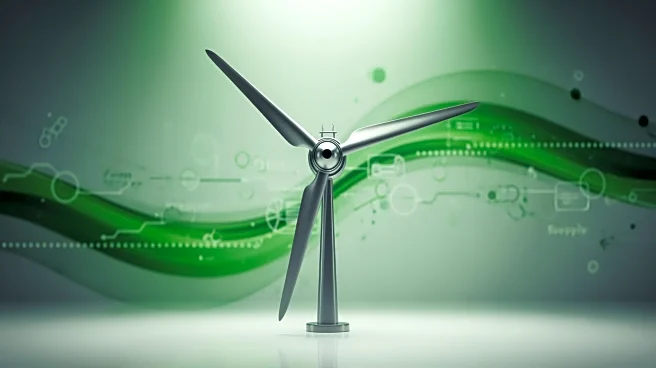What's Happening?
The U.S. renewable energy sector is experiencing a significant shift as the demand for electricity continues to rise, driven by the increasing power consumption of data centers and broader electrification policies. This surge in demand is expected to consume
any surplus energy that was previously wasted, marking the end of the era of 'free' excess renewable energy. The industry is now focusing on long-duration energy storage (LDES) technologies to ensure grid reliability and affordability. The U.S. Department of Energy has projected that up to 460 GW of LDES capacity may be necessary by 2050. However, not all LDES technologies are equally efficient, and the round-trip efficiency (RTE) will be a crucial factor in determining their viability. The industry must prioritize high-efficiency LDES technologies to meet climate goals and maintain economic viability.
Why It's Important?
The shift towards more efficient energy storage solutions is critical for the U.S. as it seeks to decarbonize its power grid. Inefficient storage technologies could lead to significant energy losses, increased infrastructure costs, and environmental impacts. The financial implications are substantial, with the potential for high-efficiency LDES technologies to save billions in renewable generation overbuild costs. As the U.S. aims to transition its power grid by 2035, achieving a levelized cost of storage below $0.05/kWh is essential. This transition could cost up to $740 billion, highlighting the importance of efficiency in reducing overall costs. The focus on high RTE technologies is reshaping investment decisions and technology choices across the energy storage industry.
What's Next?
Utilities and developers are expected to prioritize efficiency in their procurement decisions, and regulators may incorporate RTE requirements into grid planning and resource adequacy standards. Early demonstration projects showcasing superior efficiency will set performance benchmarks, driving industry-wide adoption. As competition for charging intensifies, the financial case for high-efficiency LDES will become more compelling, influencing future investments and technology development.
Beyond the Headlines
The transition to high-efficiency LDES technologies also has ethical and environmental dimensions. Overbuilding renewable infrastructure to compensate for inefficient storage is not sustainable, as it involves significant environmental and economic costs. The focus on efficiency aligns with broader climate goals and the need for sustainable energy solutions. As extreme weather events become more frequent and electrification progresses, the importance of efficient energy storage will only increase.
